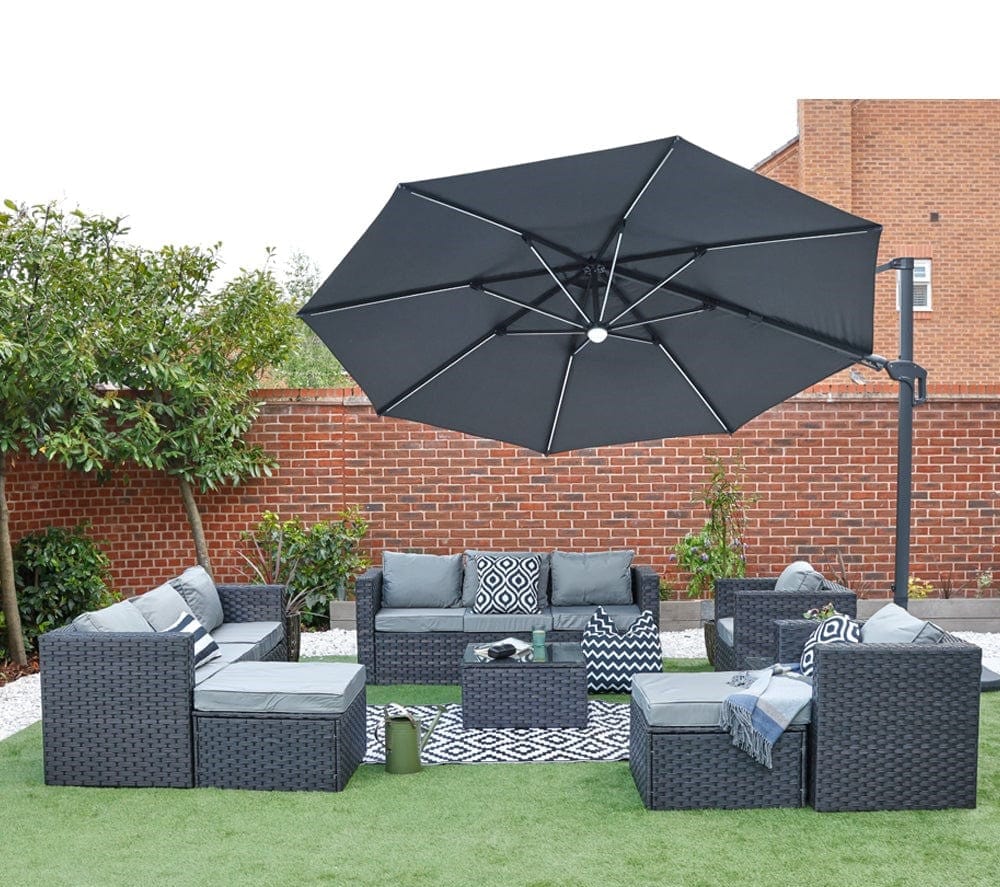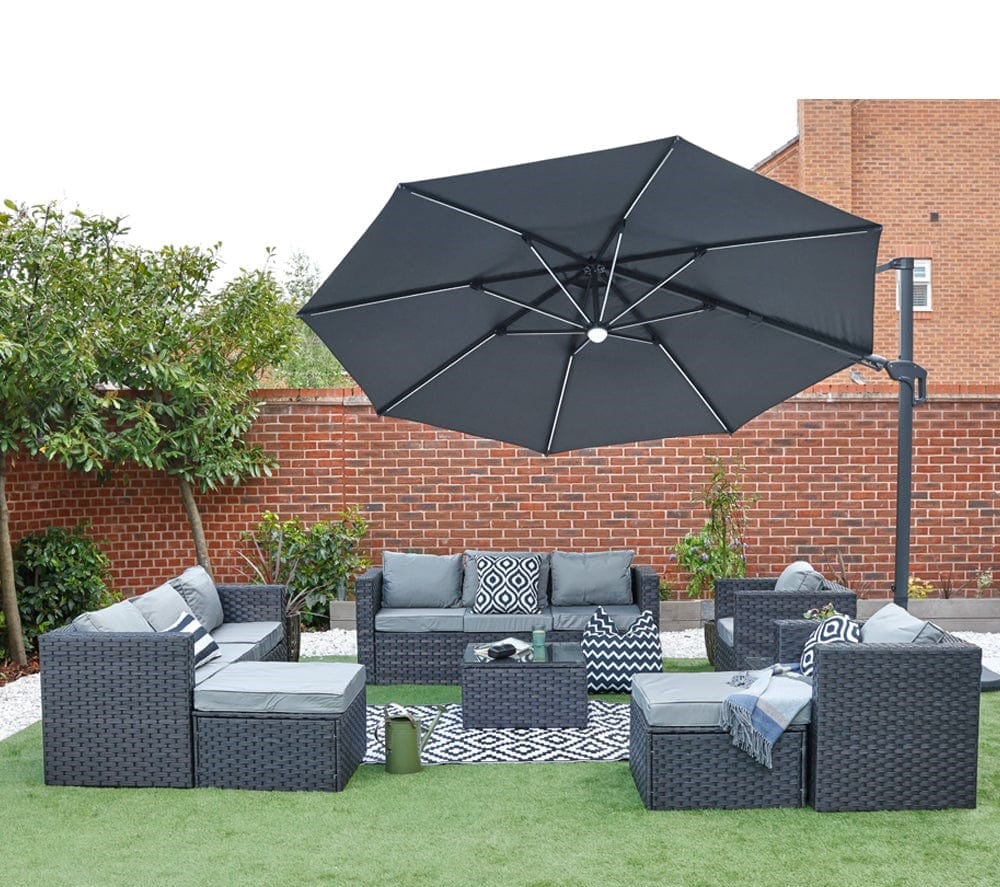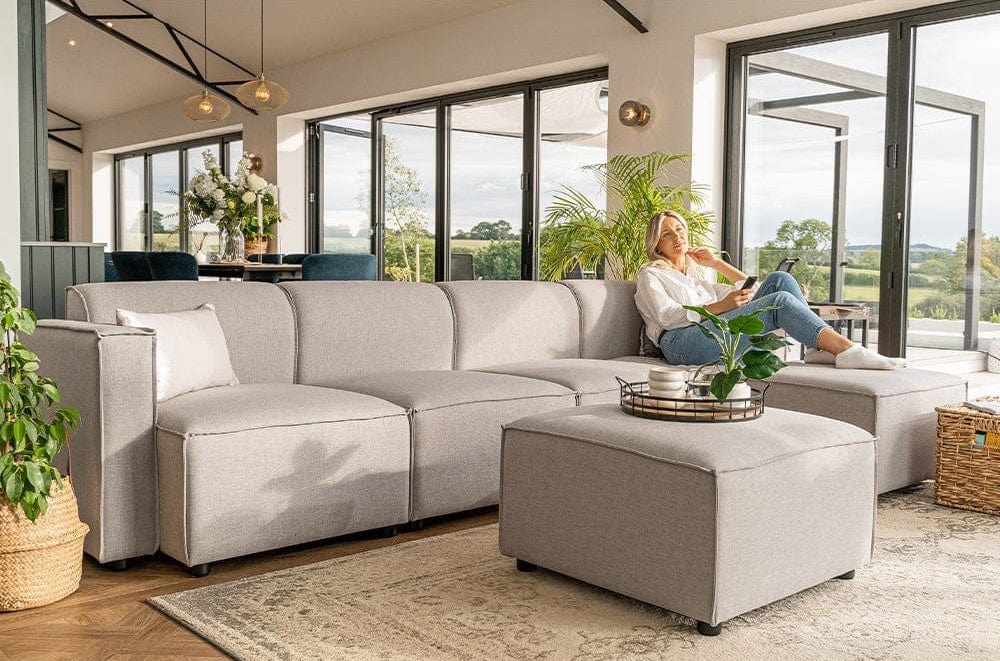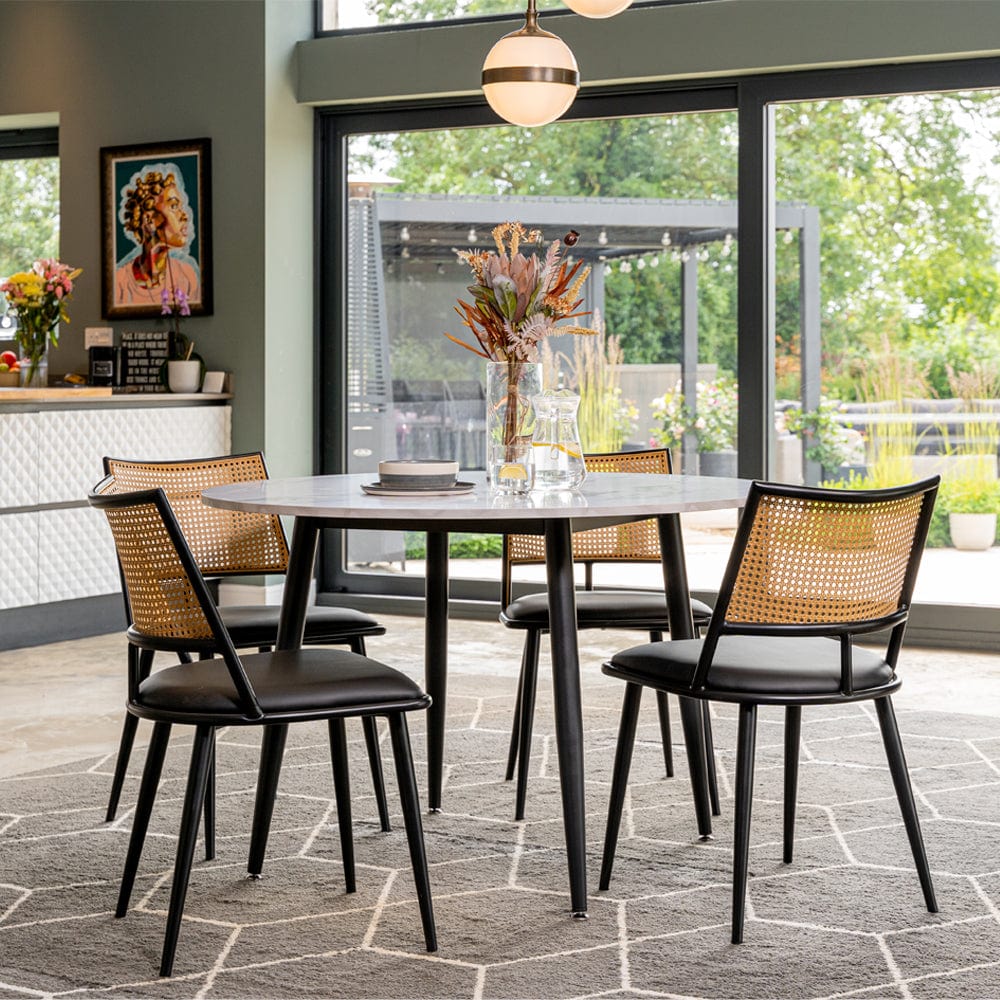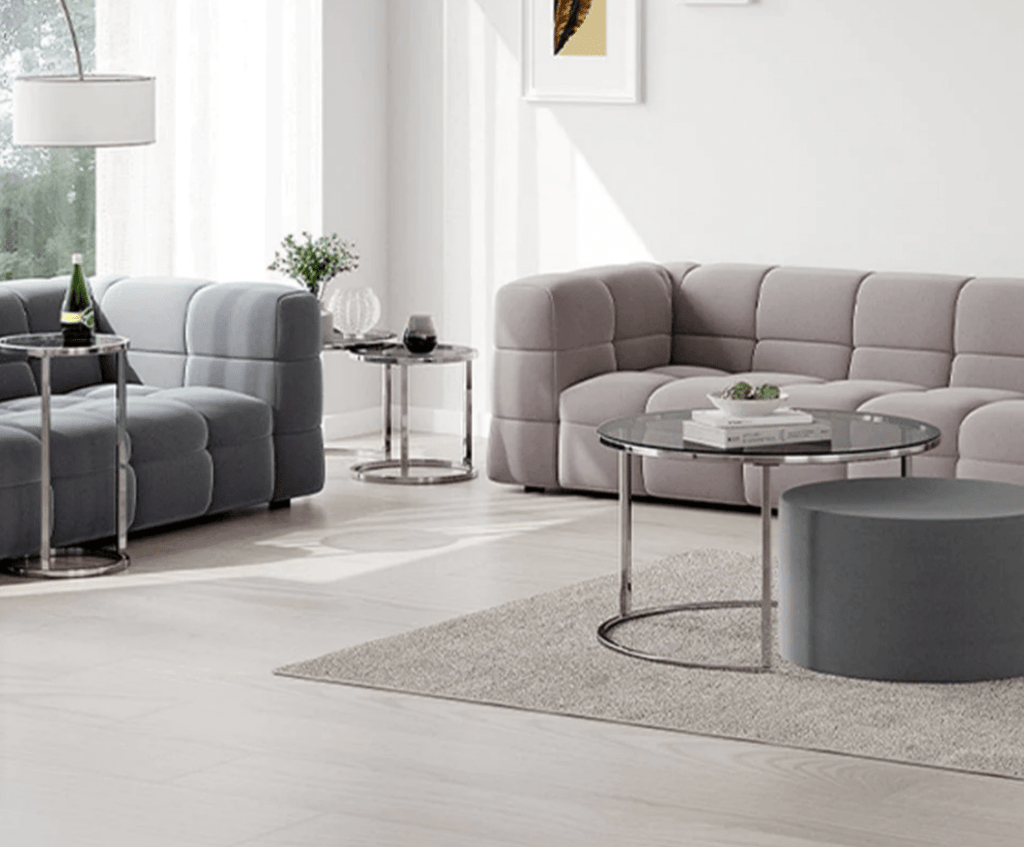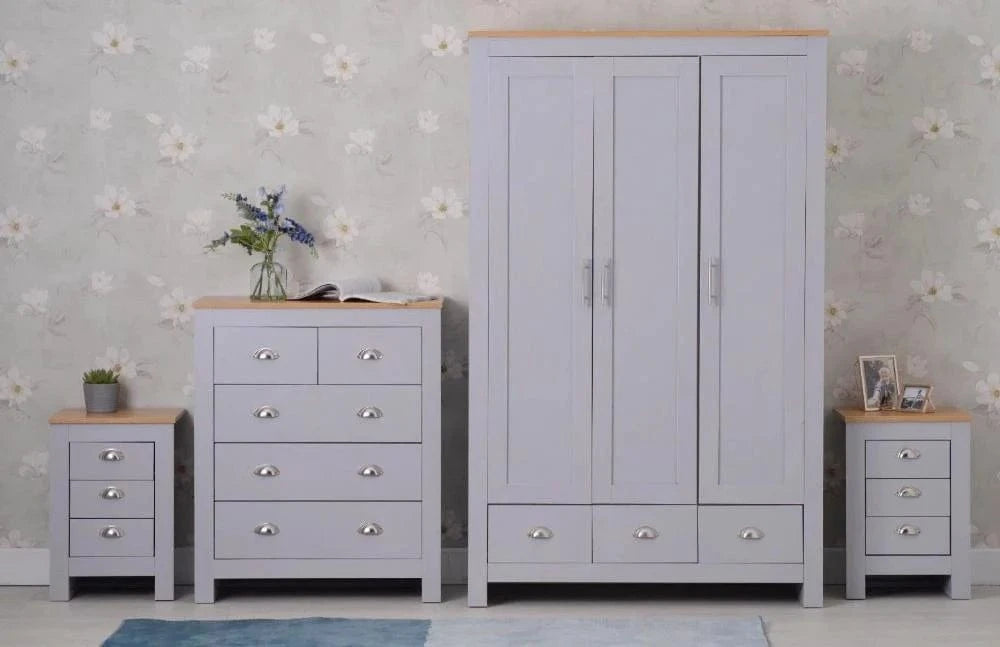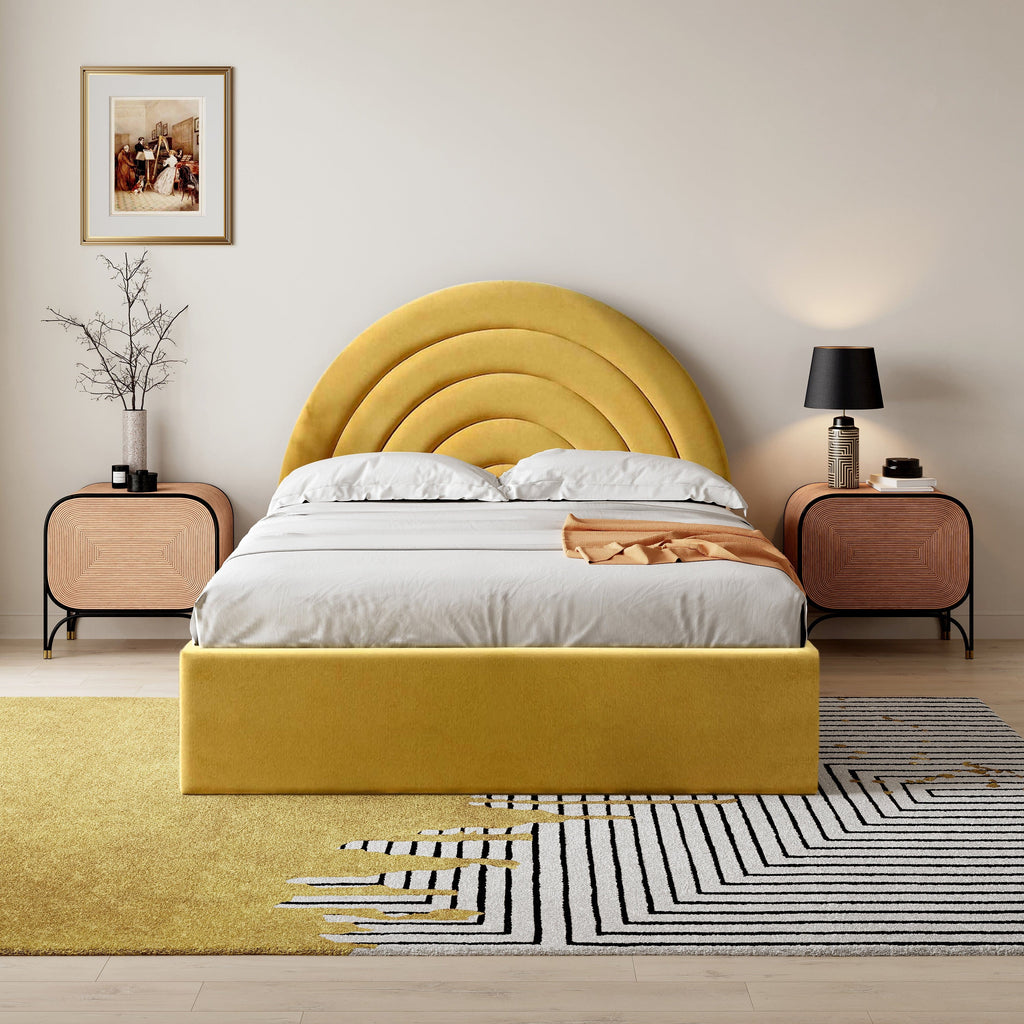What Is The Best Treatment For Wooden Garden Furniture?
What Is The Best Treatment For Wooden Garden Furniture?
A cute outdoor patio is very desirable. Most of the time, people tend to go for wood as their material of choice. Wood is incredibly versatile and can withstand a lot of wear and tear. However, eventually, the wood can start to lose its original appeal. That’s when you probably start wondering what is the best treatment for wooden garden furniture?
With so many different types of woods popular in garden furniture, it can become challenging to understand which treatment method will work best. Learning how to treat outdoor wood furniture is essential in optimising the lifespan and getting the most out of your furniture.
Here’s everything you need to know about treating wooden garden furniture.
General Treatment Tips
Before we get into the details of how to treat particular types of wood, it’s essential to know the basic details that can help you take care of any type of wooden garden furniture. Of course, you might already know some of the tips we’re mentioning, so feel free to skip forward.
- When you apply any treatment or a protective coating, make sure that you do it on a dry day with a slight breeze. If it’s too windy, that can cause dust to mix with the coating and ruin the whole look of the furniture. Moisture can also slow down the time it takes for the treatment to dry.
- Avoid using a pressure washer to clean the wooden garden furniture. It can knock the wood over and potentially damage your furniture. Not only that, if there are any cracks or nicks in the wood, the pressure from the water will cause the wood to splinter. You should always use medium pressure at most when cleaning wooden garden furniture.
- Most people tend to cover their furniture in winter to protect it while storing the furniture away. However, if you don’t use the proper type of covers, it can worsen the problem. Mildew will start to form in warm and damp areas with poor airflow. These include covers that aren’t breathable and fit too tightly.
- It’s a good idea to use high-quality covers that feature breathable fabric that allow air to flow through the furniture. The airflow will significantly reduce the chance of any sort of Mildew forming on the wooden garden furniture.
- Even if Mildew does start to form on the surface after all your efforts, then there’s no need to panic. Mildew forms a very undesirable dark stain on your wooden garden furniture. All you need to do is use a mild bleach solution and scrub away at the stain.
- When you’re using any chemical like bleach, you must wear protective gloves to ensure that no material damages your hands. Bleach can corrode and cause injuries reasonably easily.
- If you’ve been neglecting your wooden garden furniture for a fair amount of time, it’s definitely possible that several different fungi can have grown on the surface. Then, unfortunately, no treatment options are going to work. The best option available is scraping off the fungi and sanding down the wood.
- When you’re sanding the wood, it’s essential to always go away from the grain.
Familiarise Yourself With The Type of Wood
Before discussing the best treatment for wooden garden furniture, you must understand the type of wood you’re using. You’ll only be able to learn how to treat outdoor furniture properly if you learn more about the maintenance requirements of different types of wood.
Generally, you can categorise wood into different groups, hardwood and softwood. There’s no complex secret behind typing; hardwood is harder while softwood is relatively softer in comparison.
Softwood also tends to be inexpensive in comparison to hardwood furniture. However, when you buy softwood furniture, it’ll probably feature an additional varnish or a layer of paint to help ensure that the furniture lasts as long as possible.
In addition, while it may be more inexpensive than hardwood furniture, softwood requires a lot more maintenance. You’ll need to clean it properly three to four times every year.
On the other hand, hardwood is more expensive, durable, and will last significantly longer than other types of wood. Most people tend to prefer buying hardwood furniture because it can give off a more natural look and requires much less maintenance. You may need to properly clean your furniture once a year, and you’ll be good to go!
While this is a basic introduction to the different types of woods on the market, it’s an excellent place to start so you can learn all about how to treat wooden garden furniture.
Why Is Treatment Necessary?
Even though wooden garden furniture is designed to withstand a lot of wear and tear, and that's even if you aim to clean outdoor wooden furniture on a regular basis, it’s not wholly immune to losing its original appeal. Luckily, there are several treatments available in the market that can help significantly improve the durability of wooden furniture.
When you leave wood garden furniture outside, several different factors can cause the condition of the wood to deteriorate. Weather conditions like rain and snow can cause moisture damage to wood and contribute to the development of mould as well.
On the other hand, the sun can cause the colour to fade, and the wood will start to lose its natural look. That’s where wood furniture treatments come into the equation and make it much easier to prolong the life of your tables and chairs. Let's take a look at the different types of treatments available in the market.
What Is The Best Treatment for Wooden Garden Furniture?
An important aspect of learning how to treat wooden garden furniture is picking the best type of treatment. You’ll need to choose between two main options when looking for the best possible treatment. These are furniture oil and furniture stains. Both treatments work differently and are compatible with different types of wood.
Furniture Oil
The most popular treatment option for outdoor wood furniture is furniture oil. Furniture oil helps give a much more natural finish and helps significantly improve the aesthetic appeal of the wood. It works exceptionally well with hardwood and effectively maintains the quality of new furniture that you buy.
Furniture oil works by seeping inside the wood and replacing the natural oil. Almost every type of wood boasts natural oils that help give the shine and maintain the aesthetic appeal of the wood.
As the wood's oil starts drying out, you’ll start to notice cracks starting to become more visible on the surface. The oil can help significantly reduce the chances of these cracks forming and causing trouble.
Once you treat your wooden garden furniture with furniture oil, you’re looking at six months of elite-level protection. After six months, you’ll have to reapply the furniture oil again. It’s especially effective with hardwood garden furniture as it typically doesn’t have a protective coating.
Furniture Stain
Aside from getting furniture oil to do the job, another option available to you is using furniture stain. Furniture stain lasts much longer than furniture oil and provides an additional layer of protection.
The finish features an all-weather formulation that will help protect your furniture from all kinds of weather. So, it doesn’t matter if it’s raining or the sun’s shining brightly. Furniture stain will keep your goods in optimal condition.
It’s also incredibly effective at helping prevent the formation of any kind of Mildew. Once Mildew starts forming on the wood, it can be a major hassle to remove and clean everything thoroughly. That’s why employing a preventative technique is sometimes the best way to move forward.
These are the two main types of treatment options that you have the option of choosing between. Now that you’re familiar with the treatment options let's look at how you can apply the treatment.
How To Treat Wood Furniture
The very first step that you need to worry about is making sure that furniture is properly clean before you try to apply the treatment. If the furniture isn’t clean, it’ll lead to dust getting stuck between the chair and coat of the product you’re applying.
So, before you start applying anything to the chair, it’s the first time to clean everything properly. After you’re done cleaning, leave the furniture to dry in a favourable environment. Once the furniture is dry, you can begin applying the treatment of your choice to help improve the the method of protecting the wooden garden furniture.
Here's a step-by-step guide on how to treat wooden garden furniture properly.
Step 1
Before you start treating your outdoor wood furniture, it’s important to clean the furniture properly first. You don’t need to become particularly fancy with your cleaning techniques. All you need is some soapy water or a standard wood cleaning fluid.
In most situations, all you need to do is clean the wooden garden furniture at the start, and it’s set for the rest of the year.
Step 2
If you’re going to apply any sort of treatment on your wooden garden furniture, it’s important to ensure that the surface is completely clean. You can easily achieve this by sanding the surface properly. Then, after you’re done sanding, brush away the surface so you can get rid of any dust.
Step 3
Before applying the treatment, always check the weather to ensure a clear sunny day. If the temperature is too cold or too hot, it can have a negative impact on the quality of your finish.
Step 4
Apply the first coat of treatment via a long-haired brush that features natural bristles. You should always brush along the direction of the grain. It’s also a good idea to shake the product properly before you apply. The shaking can help ensure that you can avoid any issues.
Step 5
If you apply the first coat and aren’t happy with the quality, you can always put on a second layer. However, before you apply the second coat, it’s important to wait for around 40-60 minutes so you can let the product dry properly.
Step 6
After applying the second coat, leave your furniture out to dry in an area with shade. It’ll take around 48 hours for the treatment to dry, and then you can start using it again.
How to Treat Weathered Wooden Garden Furniture
While treating standard garden furniture and weathered garden furniture is mostly similar, there are a few extra steps that you’ll need to take.
Step 1
Use either soap or wood cleaning fluid to give your wooden garden furniture an initial cleaning. Make sure you use a hose that features a medium pressure to avoid doing any potential damage to the furniture.
Step 2
After the initial cleaning, you’ll need to use a brush to scrape off any excess debris present on the surface. It’s a good idea to wear gloves while doing this because there can be a number of fungi and bacteria present on the surface.
Step 3
If you’re done brushing off the surface and there are dark mildew stains on the surface, you’ll need to use a mild bleach solution to clean everything effectively. Test out the bleach solution on an area that’s not particularly visible first so you can get an idea of the strength.
Step 4
After you’re done applying the bleach solution, sand down the surface of the wooden furniture to reveal new wood. When sanding wood, it’s essential to always go along with the grain rather than against it.
Step 5
Follow the same processes for applying the treatment and letting the furniture dry as you would with standard wooden furniture.
After you finish the whole process, your weather wooden garden furniture will be good as new!
Conclusion
While buying wooden garden furniture is very in vogue, it’s essential to know how to properly take care of the material. If you haven’t been taking care of your wooden furniture, then there’s still time. The nature of wooden furniture means that it’s never too late to restore it to its former glory.
All you need to do is clean the surface properly, remove any excess dust or fungus, and then apply the treatment you prefer the most!
